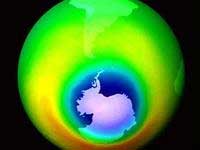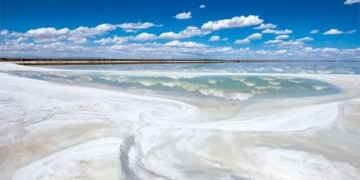 A United Nations official stated on September 16 that the ozone hole continues to expand and the so-called ozone recovery has not yet been fully realized.
A United Nations official stated on September 16 that the ozone hole continues to expand and the so-called ozone recovery has not yet been fully realized.
“The size of the ozone hole this year is reported to be similar to that of 2000 and 2003, which are the two largest ozone holes recorded to date,” said Geir Braathen, an expert from the World Meteorological Organization (WMO).
According to this expert, the ozone hole observed in Antarctica has recently shown that the destruction of the ozone layer has started earlier than usual this year. Currently, the hole over Antarctica has reached approximately 27 million square kilometers, and WMO experts indicate that it may increase further, reaching around 28 million square kilometers.
According to WMO, from May to mid-September 2005, the meteorological conditions in the stratosphere over Antarctica were nearly at the average level of 1995-2004: colder than 2004 but slightly warmer than 2003.
Braathen also mentioned that the so-called ozone recovery has not yet been fully achieved, but he hopes that the size of the ozone hole will not increase in the coming years before it begins to shrink.
WMO is currently collaborating with the scientific community specializing in ozone and is monitoring the development of this ozone hole.




















































